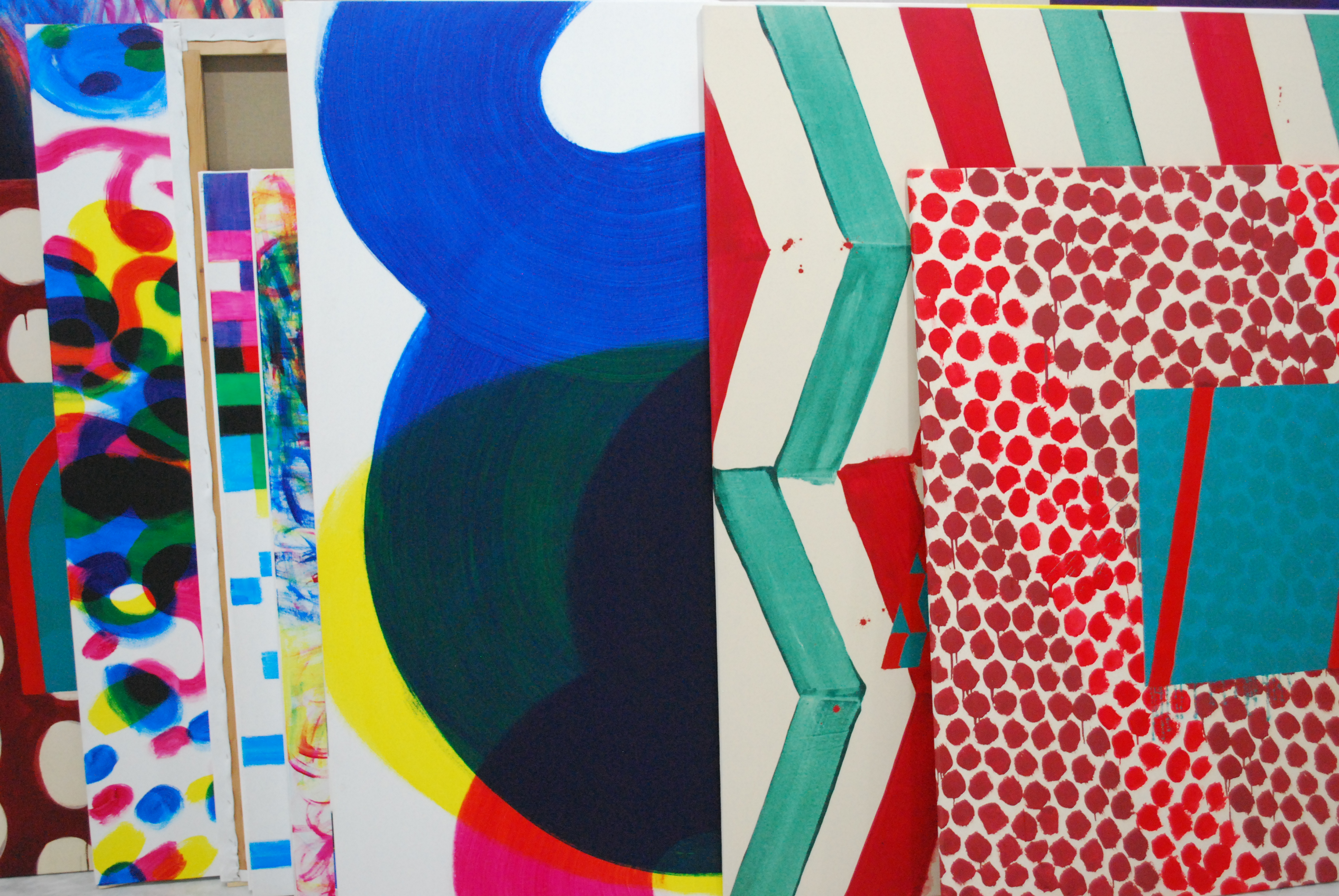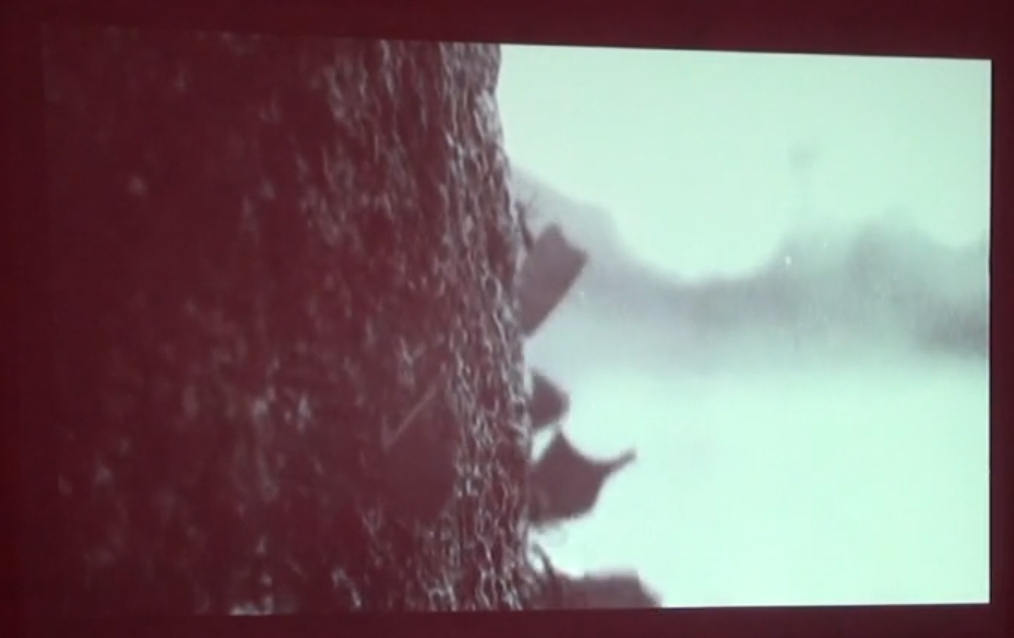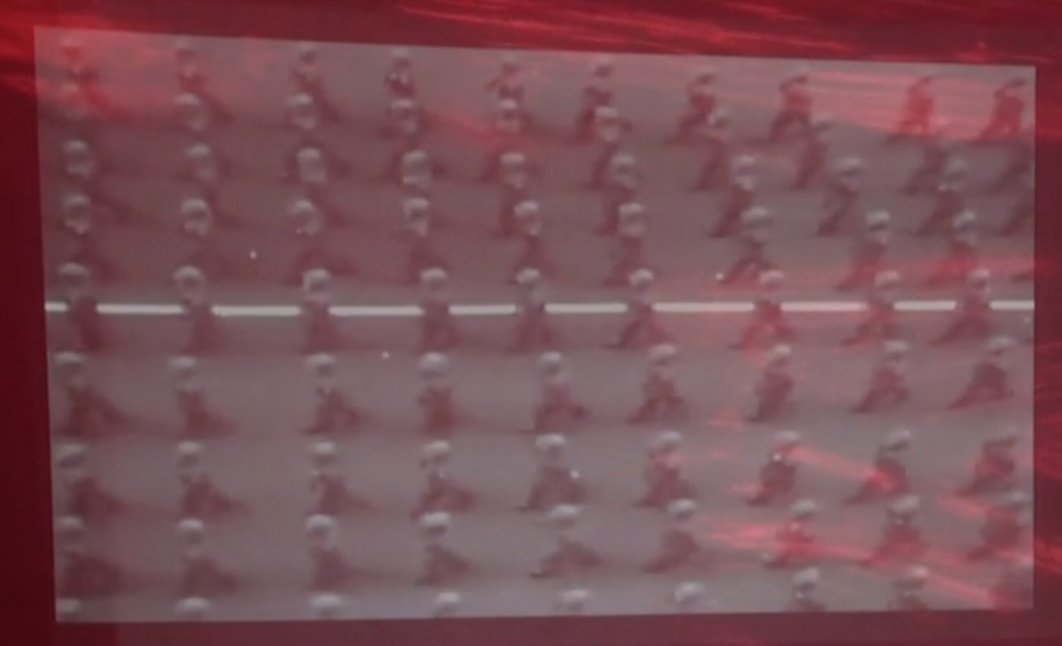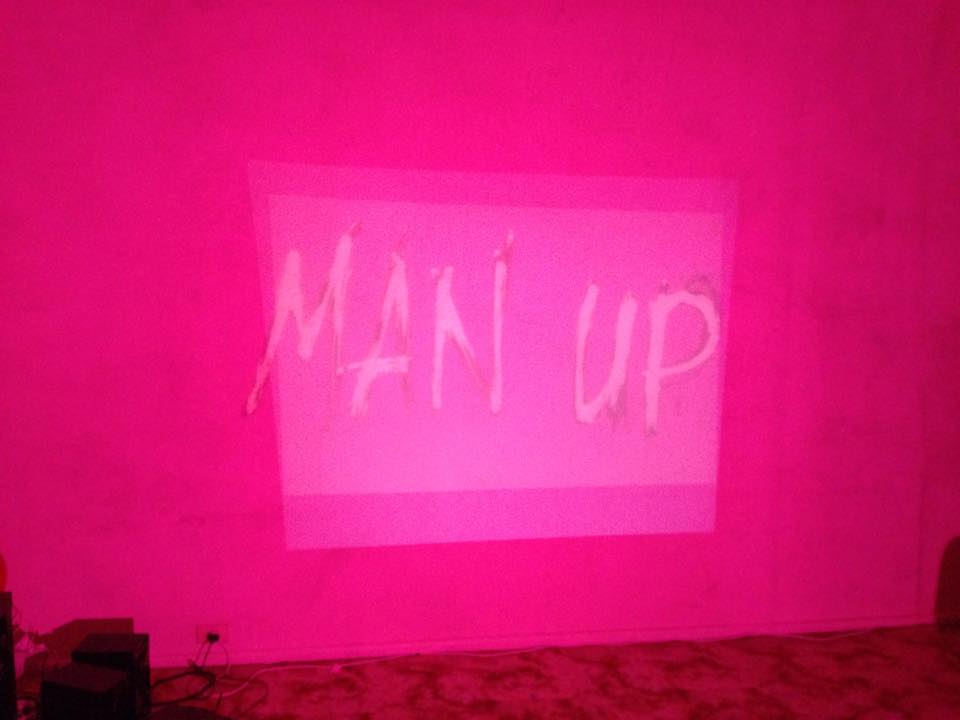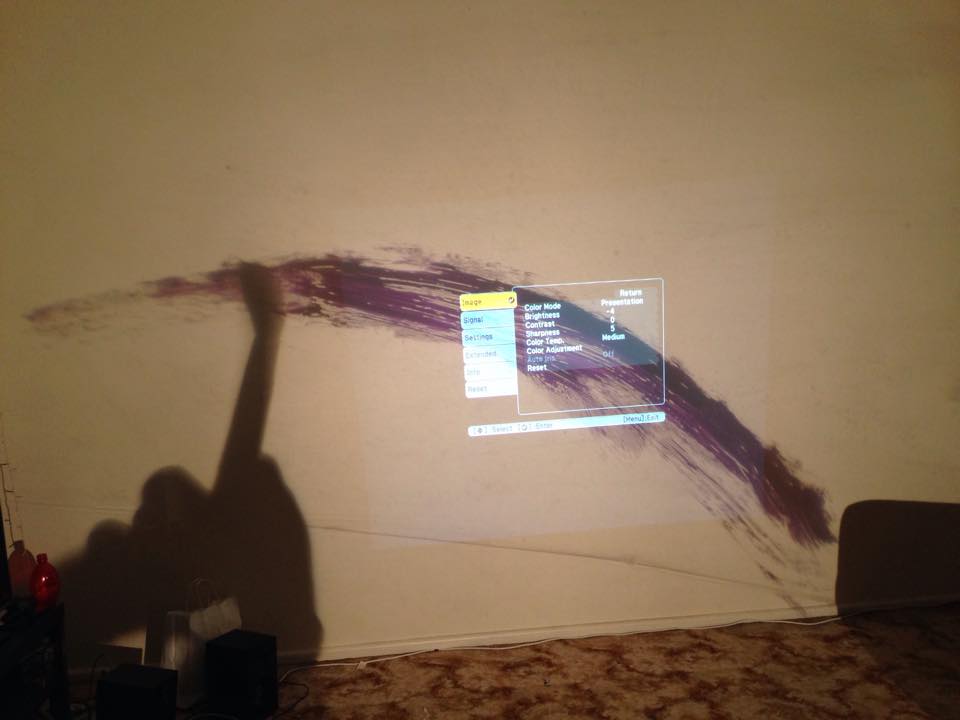Full circle
My first blog this year was debating Politics vs. Poetics. I have incidentally found my last blog post of the semester to be about this too.
The relationship between form and content really is the crux of this studio.
My group always had a good idea of what our film would look like and fortunately the soundscape that Aimee produced came up with was really strong. We felt that our approach to a film that was; non-photorealistic and made from found footage thankfully worked with the subject matter and soundscape produced.
Our approach to form was to use two projectors. On digital data projector and one “old school” overhead projector. Taking a slightly more analogue approach, we wanted to alter the photorealism of the imagery using the projects, altering the light and colours.
I see the process happening in three sections:
Part One: Narrative
We had the soundscape. Now we had to think about the imagery that would accompany it. We were familiar with using found footage but we were dealing with really sensitive subject matter so much consideration went into deciding on what this imagery would be.
There is also several decisions or considerations to be made about literal and figurative imagery. What parts did we want to be overt and striking (of men), what parts would be better as symbolic and how to find that balance.
Part Two: Play
Taking it offline! Fun times!
The purpose of this day was just to have play around with how we could manipulate the
However as I alluded to in my previous blog post there were significant time restrictions which perhaps controlled our experimenting. Yeah, lets call it controlled experimenting or smart experimenting or “structured play” (I used to work in a primary school clearly)
Wanting to have enough material to play with but not too much because of the time factor.
Having too much footage after a day of experimenting was a real worry because it would make the editing process.
One of my favourite documentaries of all time is called .Babies’ which covers the first year of four babies lives.
“Budgeted at 4m Euros, filming Babies was, Balmes says, a complex operation. The crew had 400 shooting days over a two-year period to cover the action. Each child was born six weeks apart and Balmes would fly between his home base in Paris to whatever continent, spend two weeks filming, and then return.”
So to avoid a ‘Babies’ length production, we had to be fairly selective with our experimentation. Unlike ‘Babies’, we didn’t have time on our side. We had two weeks.
We considered stop motion, drawing and writing on the projectors, physically “blacking out” portions of the screen, but aesthetics wise, the paint on cellophane projected onto a wall was the most striking so went with that.
Colour was also important. Although we had an array of cellophane to “play” with, through experimenting we figured that hot colours, red, pink and purple were the boldest and most effective for our subject matter. Therefore we didn’t continue to shoot on yellow, green and blue.
We used strategy in order to be creative and complete the task at hand.
Part Three: Deeper Meaning
We had a solid narrative and we had manipulated it to see different effects with great success. We had taken it offline, now it was time to go back. We had the opportunity to digitally manipulate what we had experimented with in order to “bring it to the next level”.
As I said our use of “smart” experimentation really did pay off. We chose a very specific size shot and did not move the camera for the remainder of the day so that we had the ability to edit the footage without it appearing jumpy or obviously edited.
We also got a range of shots using the paint which could be layered and distorted to better express what was the narrative created in the audio. As it was altered ‘non-digitally’ we got some really effective shots of moving the cellophane around that ended up being used in the film also.
Again reinforces the idea of films, in particular experimental documentaries being a fluid process, and that by making things you discover the potential for things you hadn’t previously thought of.
I think the success of the film, with the short amount of time was making good decisions at the point of production. Perhaps if we hadn’t had this time constraint we wouldn’t have the finished product that we do now.
Be A Man from Kate Nickels on Vimeo.
